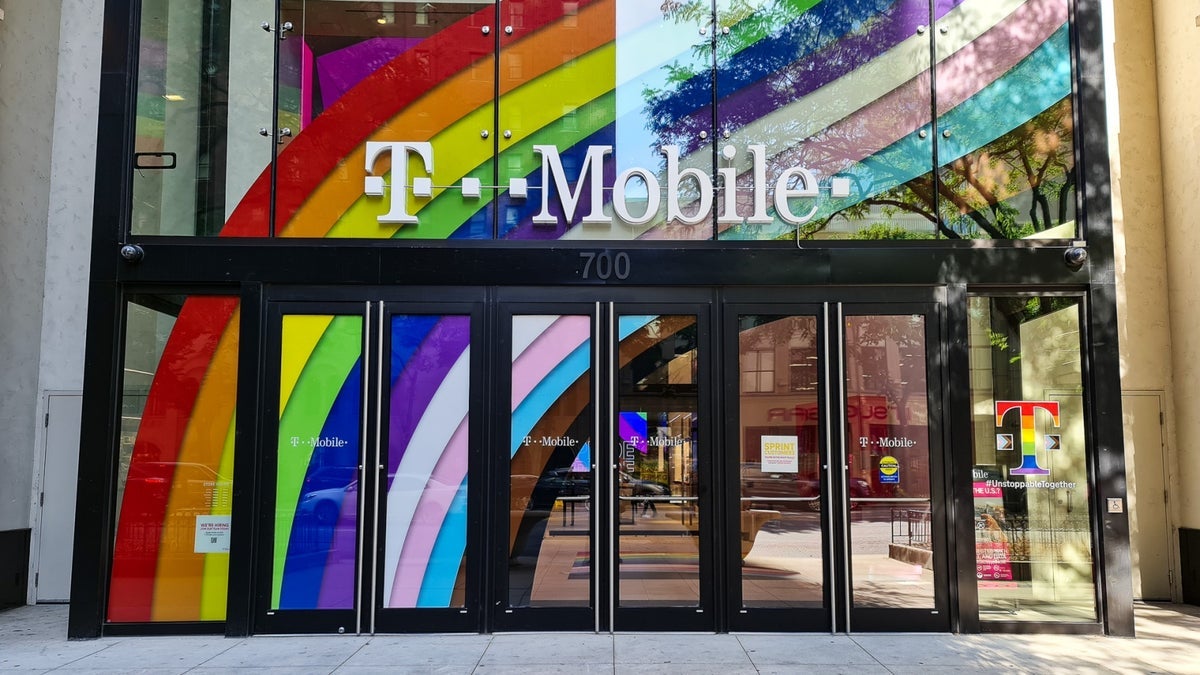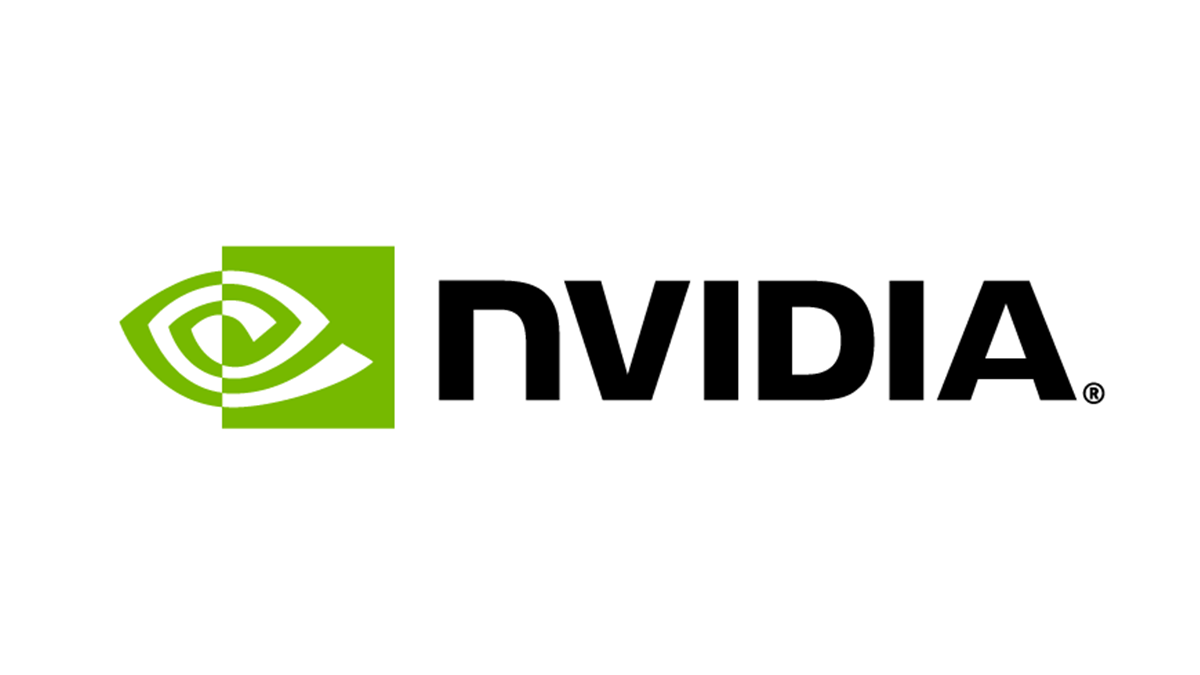Communication Orchestration is the new mindset and methodology that we at Facelift live by, but the specific definition still gets lost in the mix from time to time. Some have said that it’s just a fancier name for omnichannel communications, content, marketing, or any other flavor of “we talk in many places at once,”
So, to set the record straight, here are the differences between Communication Orchestration and omnichannel.
Distribution vs. Alignment
Omnichannel strategies aim to be wherever the audience is: social media, websites, newsletters, ads, chatbots, podcasts, you name it. The focus is on making sure your audience can find you on their preferred channel and then following them across different platforms as they move between them.
This is a somewhat simplistic take because Omnichannel doesn’t advocate blindly creating every account under the Sun and posting as much as you can everywhere. It has more to do with adapting the user journey across a broad variety of touchpoints.
But either way, it’s really more about distribution rather than strategy.
Communication Orchestration, on the other hand isn’t about “being everywhere”, instead, it’s more about ensuring that no matter where you are, and no matter the channel, you can support your core strategic goals.
To keep it at its most simple: orchestration is less “put it everywhere” and more “make every touchpoint drive a meaningful outcome.”
Read “What is Communication Orchestration” for a deeper understanding.
TACTICS vs. STRATEGY
Omnichannel approaches are tactical: they’re focused on execution across channels. They solve the “where” and “how often” questions. While strategy is not absent from omnichannel communications, it is not as in-focus as it is with orchestration.
Communication Orchestration is a methodology. It’s a philosophy and a systematic way of thinking that addresses the why, what, and how of communication at every level. It is deeply tied to strategic business objectives, not just to marketing KPIs like reach and impressions.
Different Lenses, Shared Disciplines
The key difference is scope and intent.
-
Omnichannel marketing seeks to provide continuity and personalization across customer-facing platforms: email, ads, social, retail, support, and more.
-
Communication Orchestration asks how all communications, including marketing, PR, executive messaging, advocacy, community management, and even at times internal, can align to strategic business priorities.
They both value consistency, but orchestration zooms out to connect every message to the overarching narrative the brand is trying to tell, and ties these channels and their content back to top-level business objectives.
Importantly: Orchestration doesn’t replace omnichannel. In fact, a mature orchestration approach can depend on strong omnichannel execution, especially within marketing and customer experience functions. It’s a layer above, not a substitute.
Orchestration Bridges Silos Beyond Channels
Omnichannel thinking often centers around platform integration and journey continuity, which can make it invaluable to the marketing and sales pipelines. Communication Orchestration looks at departmental alignment.
It connects teams:
This cross-functional coherence helps prevent mixed messages and reinforces credibility. Companies taking advantage of Communication Orchestration will often see that their omnichannel efforts are strengthened due to more cross-departmental collaboration.
It’s About Intent
Omnichannel delivery is essential to the customer experience, but orchestration dives into why a message exists at all. Part of Communication Orchestration is the connecting of content types and individual pieces of content, all the way back up the hierarchy tree, with your organization’s vision and mission.
Thus, orchestration asks:
- What role does this message play in a broader campaign?
- How does it support this quarter’s business objective?
- What business metric is it driving?
Orchestration focuses on narrative structure, campaign coherence, message purpose, and impact tracking.
It’s how communication becomes a lever for growth.
Conclusion: Complementary, Not Competitive
Omnichannel can often be a vital part of any modern marketing and CX operation.
But you also need orchestration, especially as communication becomes more complex, cross-functional, and strategic. Orchestration helps you deliver across platforms, but it is able to do this because it helps your company to maintain a unified, measurable purpose for its content.
In this sense, omnichannel and orchestration are allies, not opposites. One ensures continuity. The other ensures coherence.











